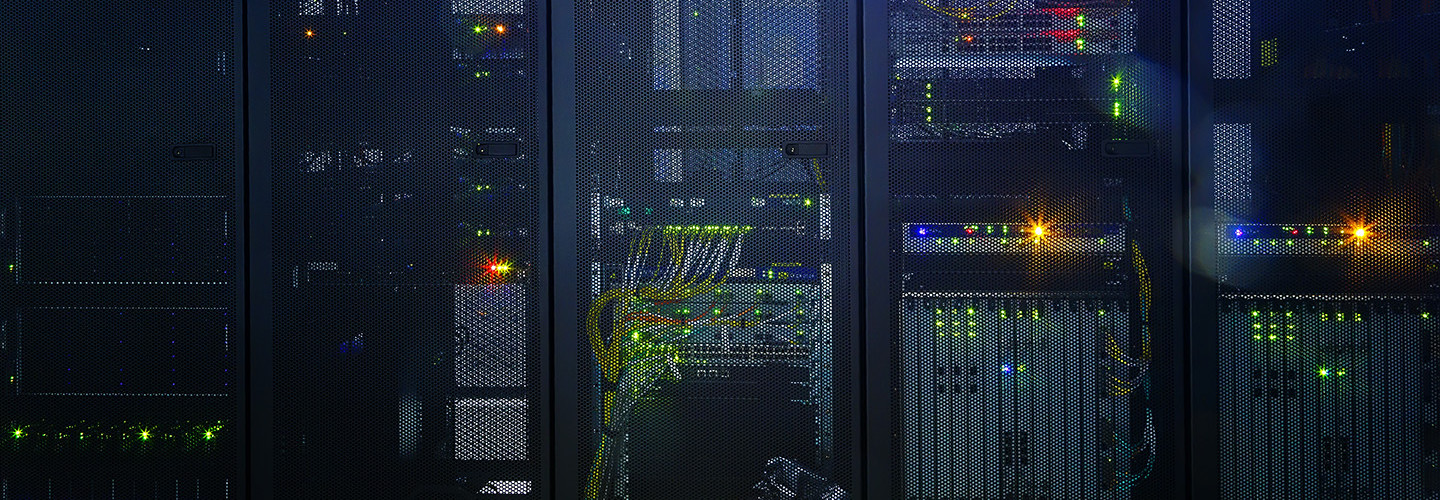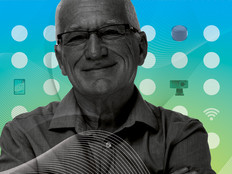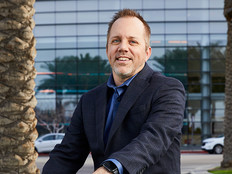Core Infrastructure Upgrade Lets Healthcare Network Discard Legacy Nurse Call Systems
When Sauk Prairie Healthcare decided to replace its aging hospital with a state-of-the-art building, the primary goal was to design an environment that promoted patient healing, safety and quality care. Given the growing role healthcare technology plays in improving the patient experience and outcomes, Sauk Prairie’s top priorities included updating current systems and implementing a robust new data center that could support future growth.
“Exploring ideas to continuously improve patient care is always at the forefront of what we do as a healthcare organization, and, in particular, what I do with technology,” says Marybeth Bay, IT director and CIO at Sauk Prairie, based in Prairie du Sac, Wis. “Everything we think about on a daily basis, operations project-wise, is about the patient.”
In the old hospital, for example, the legacy nurse call system could not be integrated with the communications system, often making it challenging and chaotic to respond to patient needs and safety and security codes. Under that system, patients rang their call buttons and the secretary at the nurse’s station answered then contacted the nurse or certified nurse assistant (CNA).
“We desperately needed to do something different. It was really inefficient,” explains Jill Baxter, a registered nurse and the director of acute care and the intensive-care unit at Sauk Prairie. “We wanted a very linear, very clean communication between the patient and appropriate caregiver. We wanted it integrated so the call would go to the right person the first time.”
Preparing to Meet the Tech Challenge
The construction of the new hospital provided both an opportunity and a challenge for Bay and her nine-person team. Integrating the nurse call system was only one piece of building an entirely new core infrastructure, including collaboration technologies, wireless networking, server virtualization, storage and security. A new data center was also an essential element, since the existing one lacked adequate power and capacity to support the infrastructure and applications Bay knew Sauk Prairie required to meet its current and future patient-care goals.
“The project involved the whole gamut — design, configuration, implementation, project management, knowledge transfer and support,” she says.
Due to the scope of the project, Bay recognized she needed additional help and expertise from a trusted partner. She turned to Tom Cousland, advanced technology account executive at CDW Healthcare.
To launch the project, Cousland brought in a team of experts to identify Sauk Prairie’s needs and goals. “These requirement-gathering sessions helped solidify our budget, number one, which was very important — and number two, to create statements of work in all the key areas,” Bay says. “Once those were approved, CDW Healthcare moved forward with the complete design sessions and configuration, testing and implementation.”
Recognizing a gaping need, Bay and Cousland even arranged to bring a project manager on board to coordinate the vendors of all the different clinical systems.
“Although it was an unbudgeted item, I really do believe that we would have spent a lot more trying to reconfigure things that would have been incorrectly put in place without this coordinated, controlled approach,” Bay says.
The Benefits of a Better Infrastructure
Over the next 16 months, a CDW Healthcare team of engineers and technical experts worked closely with Sauk Prairie’s team to build the new data center and implement the new infrastructure in time for the hospital’s grand opening. They succeeded with little or no interruption to patient care services — and without any issues beyond the occasional printer not working.
“That’s really wonderful, considering everything we did,” Bay says. “I wanted to have a completely redesigned data center that could accommodate growth and allow Sauk Prairie the opportunity to take advantage of current technology, such as Windows Server 2012.”
Not only did that dream become a reality, but as Bay envisioned, the new technology also kicked off a new era of patient-centric care. For example, the new nurse call system integrates with Cisco IP handheld devices, vastly improving communication both between nurses and between patients and nurses. Now, if a Code Blue signal goes out indicating a medical emergency, the system sends it directly to the mobile phones of the clinicians who need to address the patient, ensuring immediate treatment.
When patients with more routine needs require assistance, their calls go directly to the nurse or CNA assigned to their care, depending on the type of request. The nurse or CNA can immediately inform the patient how long it will take to address their request.
“That expectation setting is a huge difference,” Baxter says. “That’s been a big satisfier for both patients and staff. If a patient is feeling ill, two minutes can feel like 20. To know somebody is going to be there shortly makes the wait manageable.”
It also streamlines workflow, eliminating both the middleman and the uncertainty about what patients’ needs are. In addition, nurses no longer have to track whether the call light outside a patient’s room is lit and recall whether or not they’ve been able to address the request.
The new technology meets Baxter’s two primary goals: simplicity and customization. “It had to be simple for the patient to use, and simple for our staff to use. Nobody has time to stand in the hallway and figure out what their phone is trying to tell them. It also had to be customizable to our workflow,” she says.
Learning to Love Clinically Integrated Technology
Obviously, the introduction of multiple new enterprise-wide technologies involved a significant learning curve for clinicians. Staff in every department participated in intensive training sessions on the communications system.
And for the new nurse call system, Sauk Prairie provided classroom training, helpful “cheat sheets” and hands-on practice with simulated scenarios before going live, all to ease the transition. The nurses adapted quickly — and Baxter says they couldn’t be happier.
“With the handheld phones, they can talk to their patients, to one another and to other departments,” she says. “They’re extremely dependable and the nurses like the nonverbal code notification system.”
There was also a learning curve for Bay’s IT staff. The extensive knowledge-transfer process for the network engineers involved reviewing configuration changes for each of the new components, identifying potential concerns and how to resolve them, and sharing troubleshooting tricks.
“I think it’s wonderful we can leverage these systems and do things we haven’t been able to do before. But I expect it to take anywhere from a year to 18 months for staff to truly get comfortable with all the systems we put in place,” Bay says. “It’s important not to expect your staff to be able to support these technologies out of the gate. You have to surround yourself with experts and have a support plan in place to help resolve issues while your staff is getting up to speed.”







